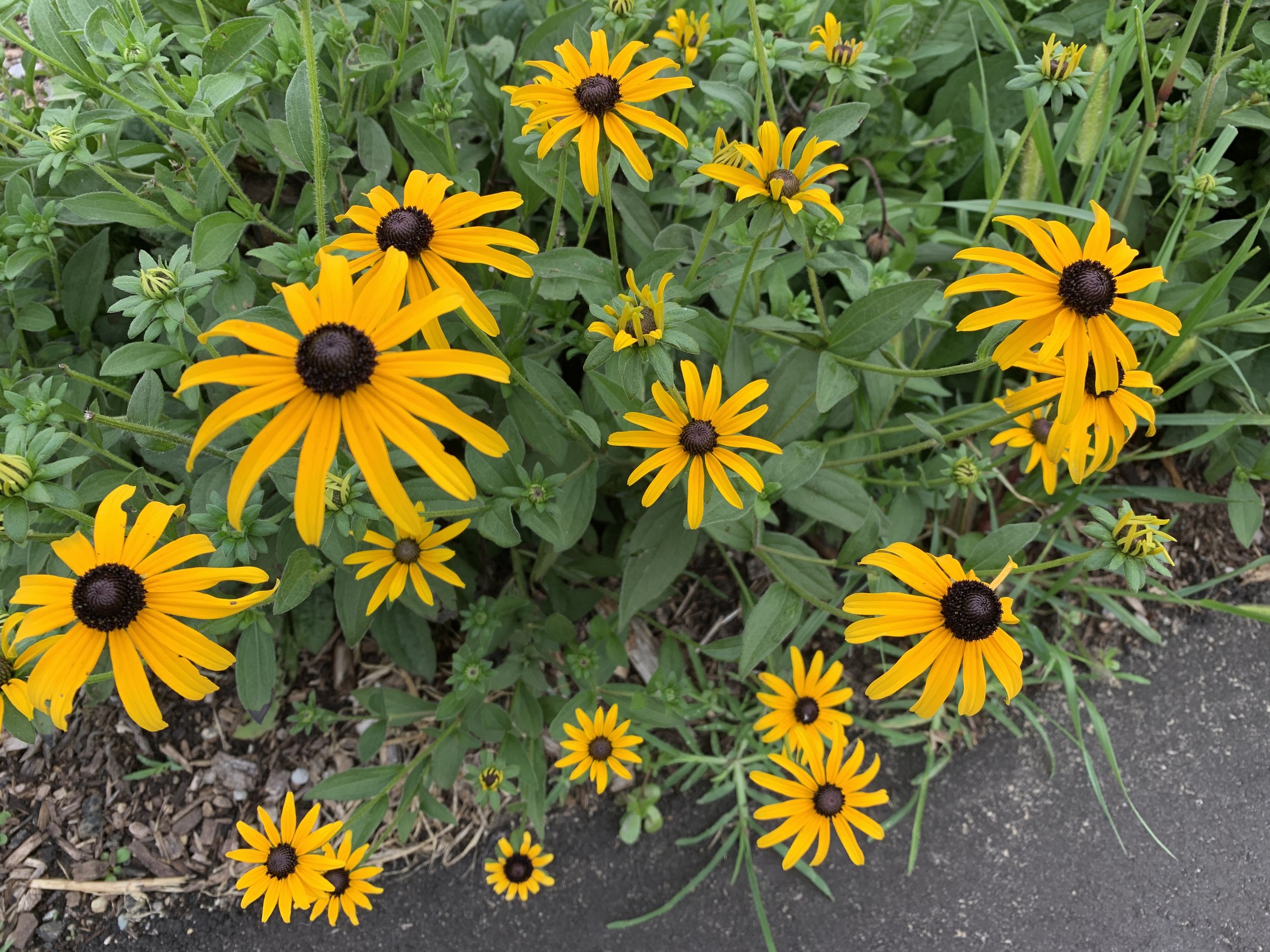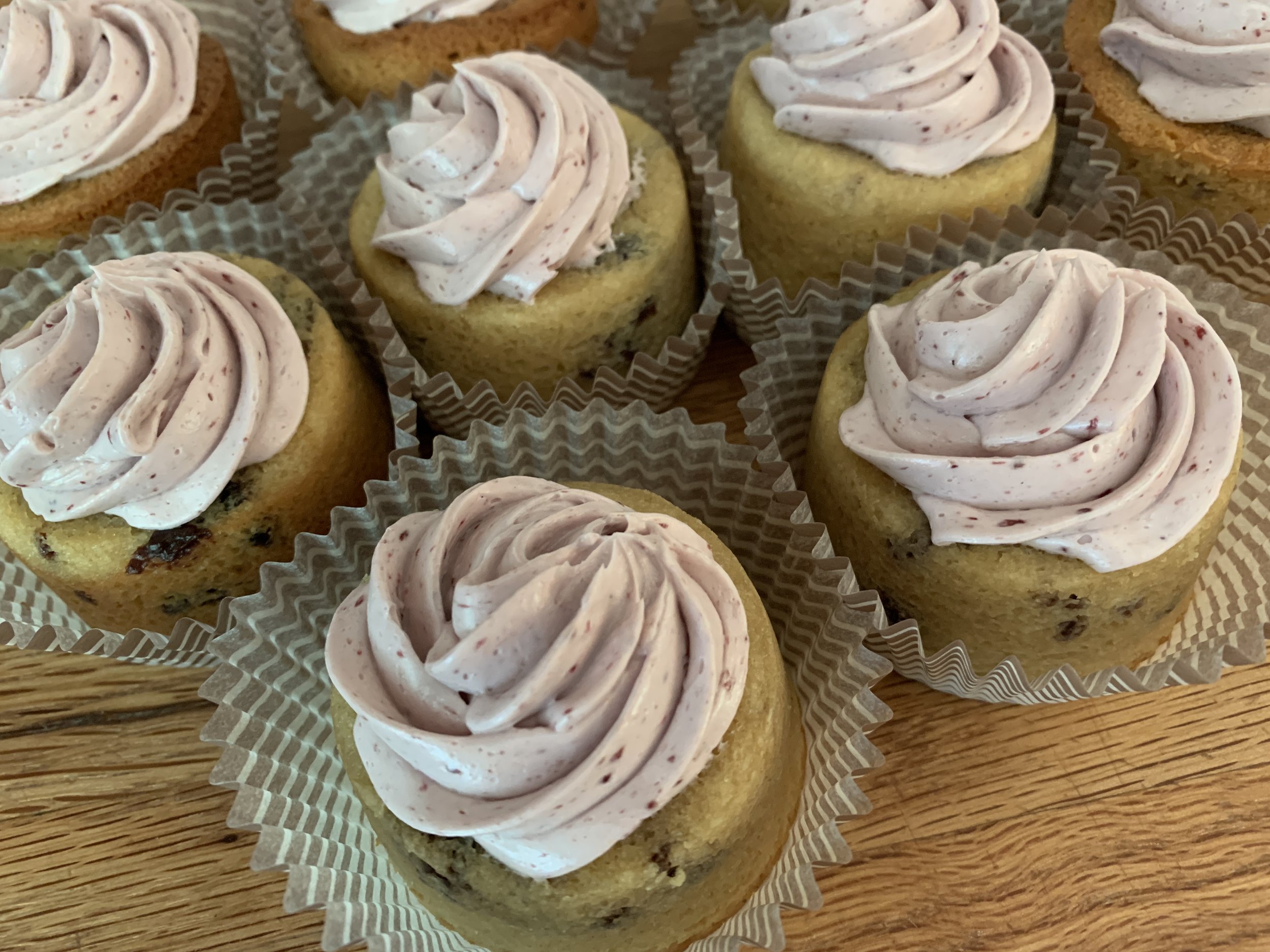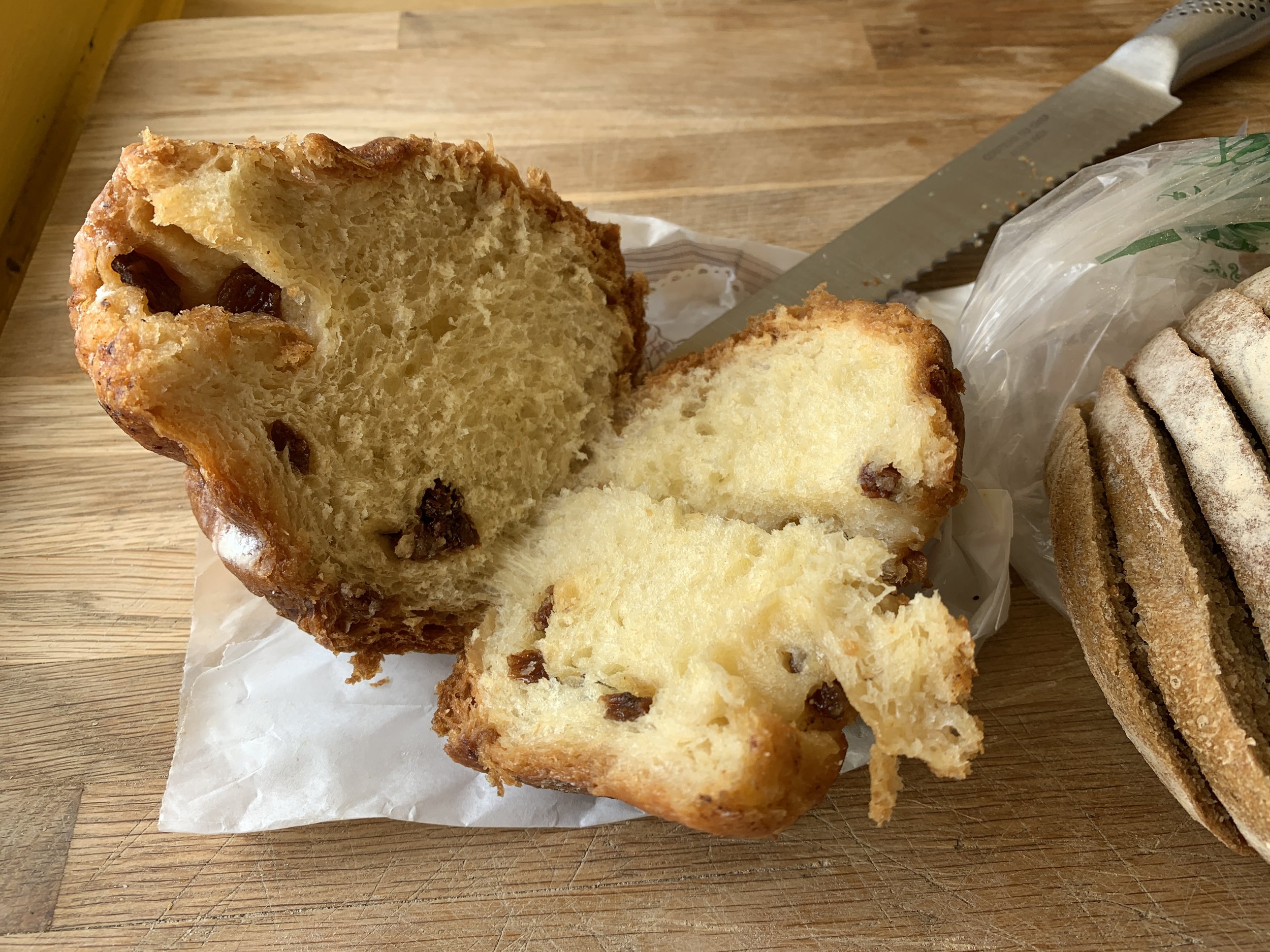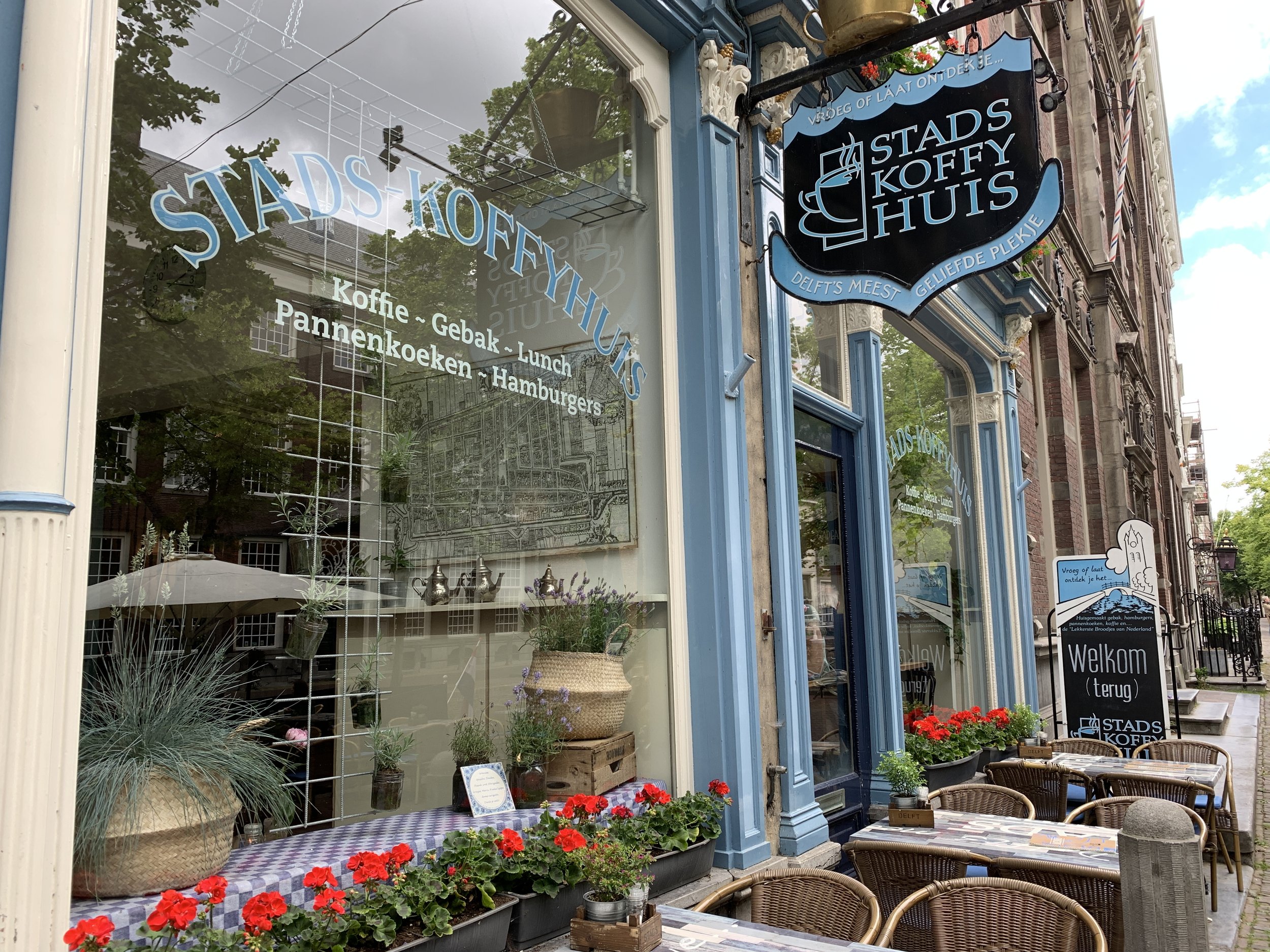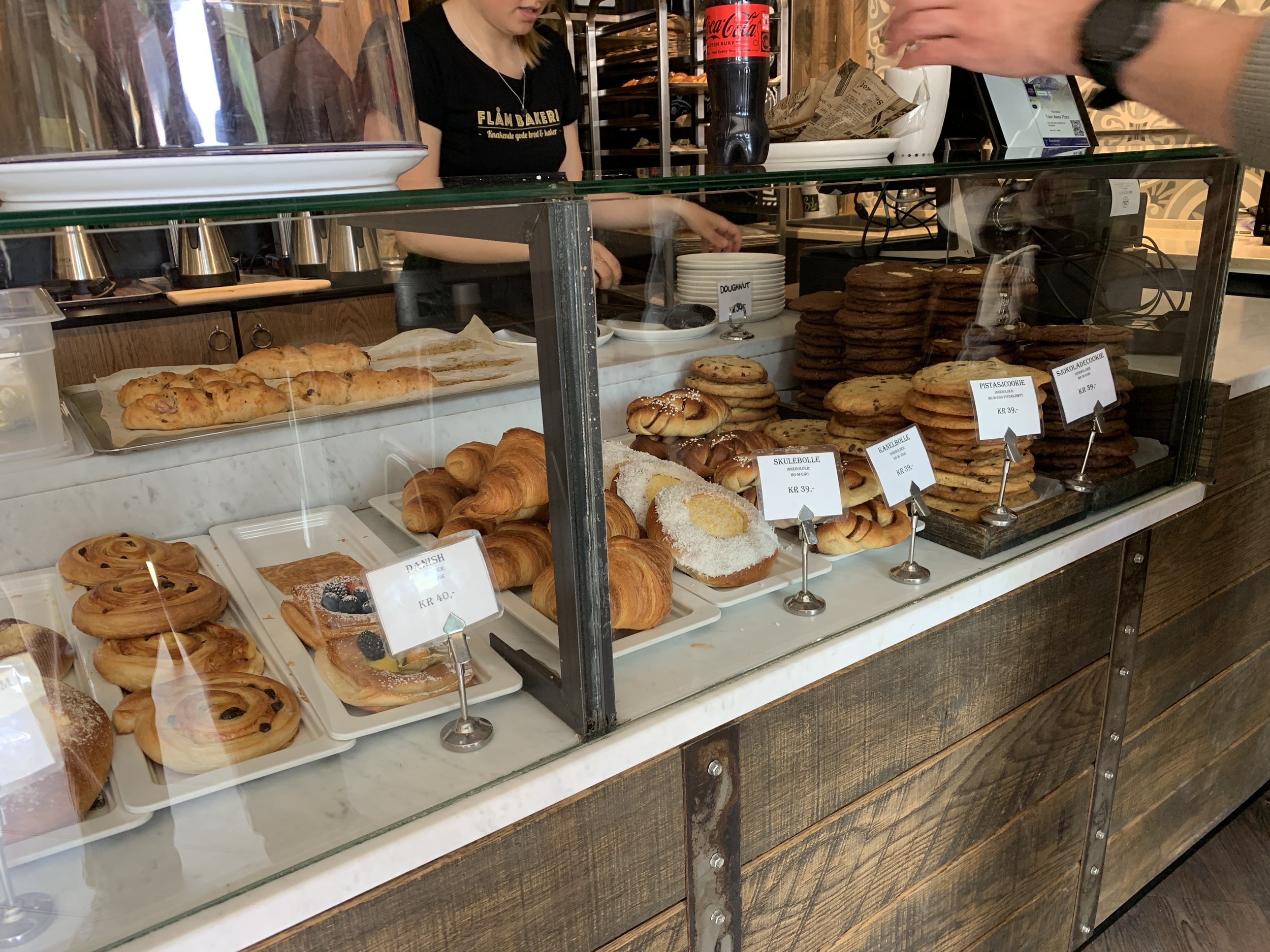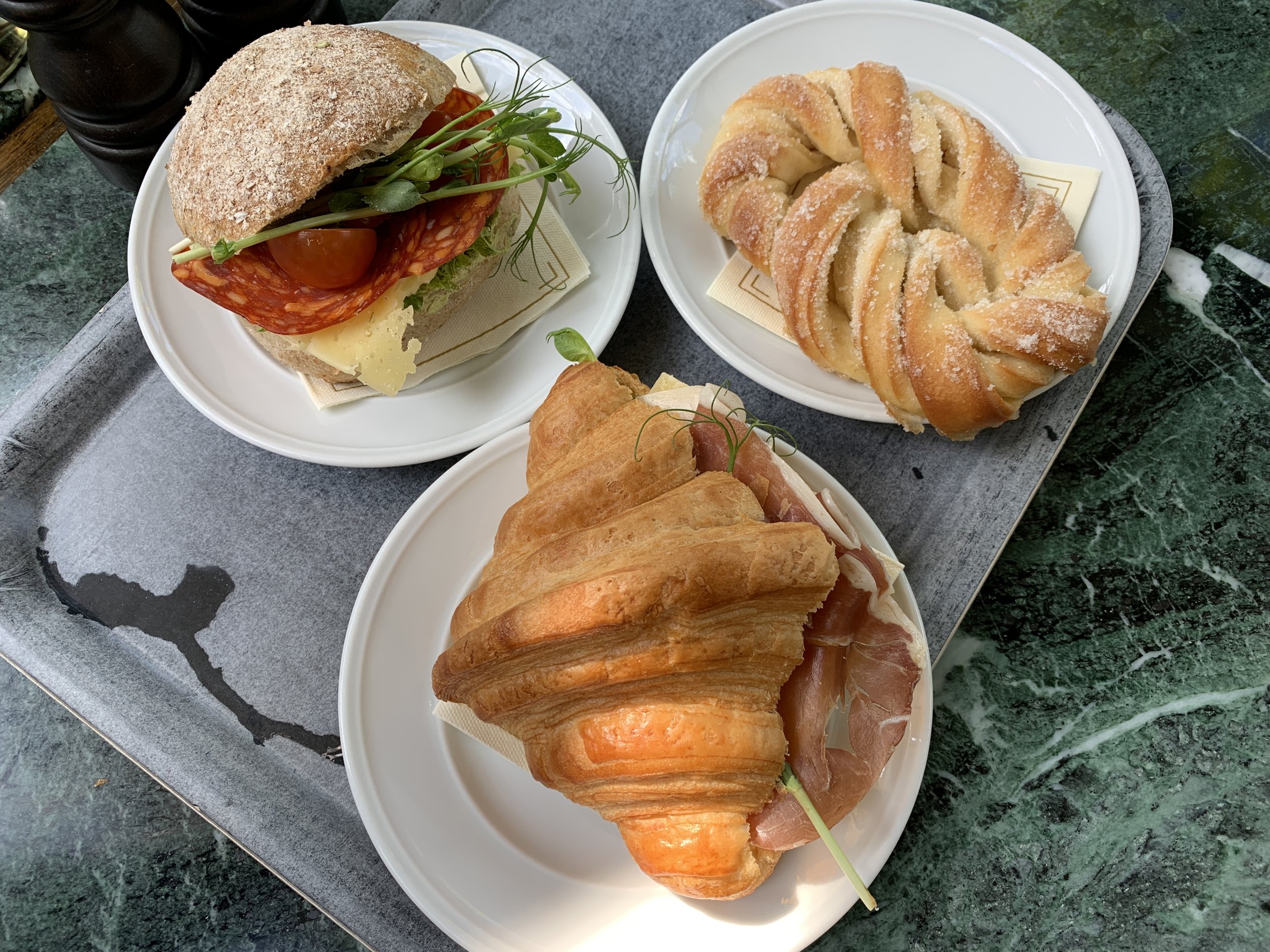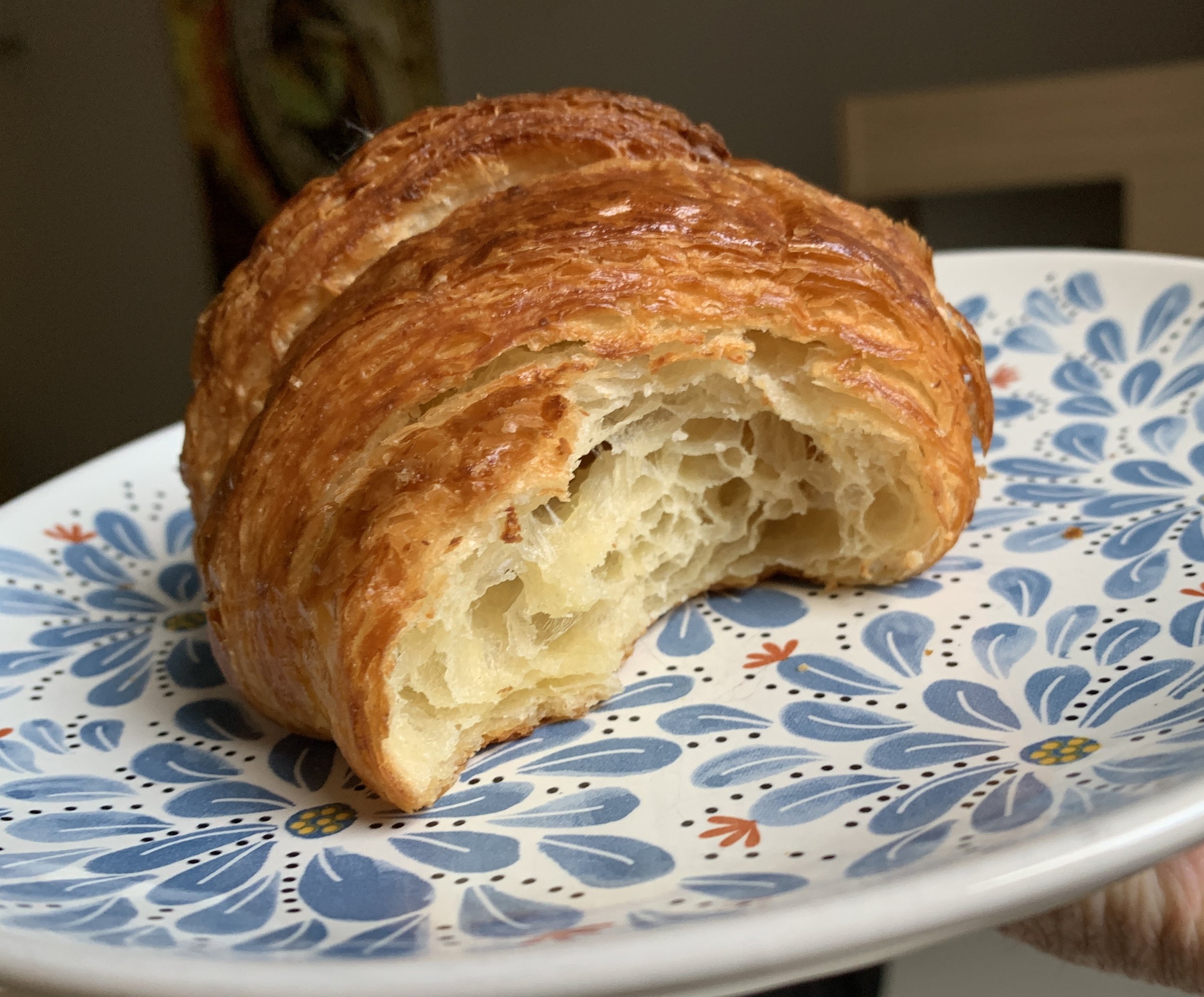Summer baking - peach blueberry cobbler and a bit more
/Peach blueberry cobbler
Recently we had a lovely cool-in-the-50s day with a gentle/sometimes heavy soaking rain that lasted ALL day! Somewhat unusual for August, It was nonetheless much needed and I could tell the earth was so happy.
I puttered in the kitchen using up some fresh Michigan peaches that I hadn’t otherwise had time for and fresh blueberries from one of our great local markets.
A couple of years ago I had purchased Lindsey Shere’s “Chez Panisse Desserts” but have only tried a smattering of recipes, most notably the almond torte. I turned to and checked out the cobbler dough - biscuit like (no egg which I normally use to make my scones), it comes together in a bowl, by hand, with cold cubed unsalted butter and cold cream added to all purpose flour, baking powder, salt and a bit of sugar. You can create whatever shapes that delight you - I went for rough diamonds - or should I say diamonds in the rough?
Here’s my version of the cobbler dough: in a medium bowl blend 195 g/1.5 cups whole wheat pastry flour (Lindsey uses all purpose), 1/4 teaspoon fine sea salt, 2 1/4 teaspoons baking powder and 1.5 tablespoons sugar; blend in 85 g/6 tablespoons cold, cubed butter with your fingertips to create coarse crumbs but leaving some flattened pieces of butter visible in the mix; with a fork quickly mix in 3/4 cup of dairy consisting of half cold buttermilk and half cold heavy cream (Lindsey uses all heavy cream); bring together with a bowl scraper then turn out onto a piece of plastic wrap and bring in any remaining dry flour with your hands.
Fold the plastic wrap over the dough leaving enough space to lightly roll the dough between the plastic into a rectangle about 7”x10” and 1/3” thick. Chill until ready to use - that makes it easier to handle and to cut into your desired shapes.
SIDE NOTE: here’s a cobbler post a few years ago using another delicious topping dough.
Yum!
For this smallish sized cobbler I used about 4.5 to 5 cups of fruit - about 3.5 cups sliced peaches (peeled and de-stoned) and 1.5 cups blueberries - tossed with 3 tablespoons sugar and 1.5 tablespoon flour. Spread into a small Pyrex 7-ish by 10-ish casserole, I dotted a few bits of butter all over, placed my cobbler pieces on top, brushed them with milk and added a sprinkle of raw sugar.
Bake at 400ºF for 20-25 minutes until the fruit is bubbly and the topping golden brown. If you’re happy with the bubbly-ness of the fruit but need a bit more top browning, reduce the oven to 350ºF and give it another 5-10 minutes.
Serve warm, slightly warm or at room temperature and don’t forget either a dollop of whipped cream of a scoop of vanilla ice cream. Even a sprinkle of sliced, toasted almonds adds just that extra something. Creamy, crunchy, fruity and delicious.
Pretty tasty
Because it’s still blueberry season I had an itch to make Joanne Chang’s maple blueberry scones again too. Boy they’re good!!
I scoop them out in a more petite version than Joanne does. Lightly glazed, a cross between a scone and a muffin, the texture is wonderful. Best of all they hold up to a couple of days’ shelf life wrapped loosely in parchment paper at room temperature. A short 10 second microwave warm up is just the ticket before enjoying. They freeze well too!
Our neighbors were getting ready to drive their daughter up north to return to school so I gave them a fresh boxful for the road. Another neighbor is recovering from an injury so guess what - she was also a recipient.
Of course I did keep a couple on hand for morning coffee and savored every bite.
Summer marches on and I’m dreaming of cooler weather and autumn days bustling in the kitchen. Can’t wait!
Black-eyed Susans along the walking path








